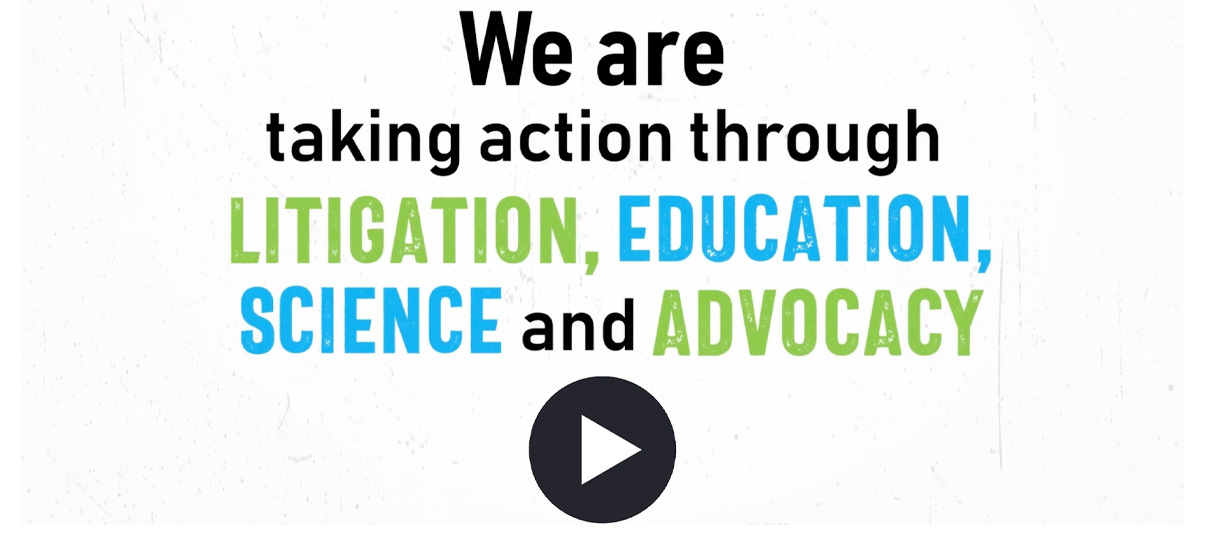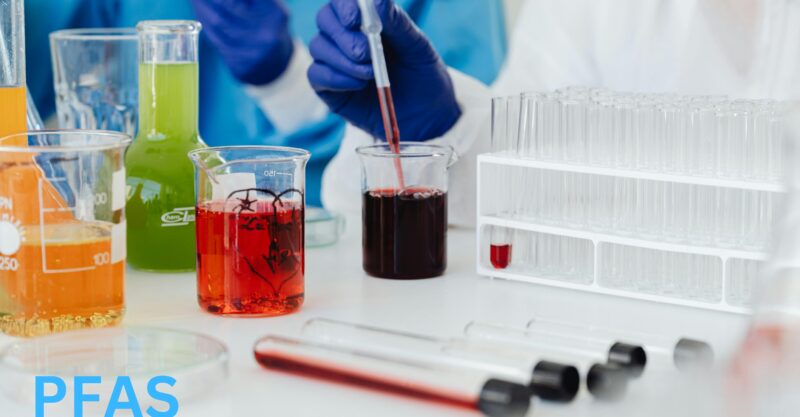May 22, 2024
Are Canadian Children Safe From PFAS?
PFAS are a class of over 4,700 human-made substances.
PFAS are extremely persistent in the environment so they are also known as the ‘forever chemicals’
In May 2023, the Government of Canada drafted a state of Per-and polyfluoralkyl substances (PFAS) report that outlined:
- The widespread use of these substances and their extreme persistence in the environment, propensity for accumulation, and mobility has led to PFAS being commonly detected in the environment and humans.
- Humans can be exposed to PFAS from various sources such as food and food packaging, cosmetics, products available to consumers, ambient air, indoor air and dust, and drinking water.
- Currently, only a small number of PFAS are monitored in human biomonitoring surveys. Certain PFAS have been found in the blood (plasma or serum) of the general population in Canada and internationally. PFAS can also be transferred through the placenta, and infants and children can be exposed to PFAS though ingestion of human milk.
- In humans, some well-studied PFAS can be readily absorbed in the body and bind to proteins in the blood. These PFAS can then be distributed through the bloodstream and accumulate in well perfused tissues (for example, liver and kidneys).
- PFAS contamination is present throughout Canada and is not limited to a few sources and areas.
Canada banned single-use plastics and replaced them with PFAS!
- In June 2022, the Single-use Plastics Prohibition Regulations was published in the Canada Gazette, Part II, prohibiting the manufacture, import, and sale of 6 categories of single-use plastics (Canada 2022b). It is possible that single-use plastic food takeout containers and straws may be replaced by paper alternatives that may contain PFAS treatments.
- PFAS may be present in both private drinking water wells and public drinking water supplies. No published data were found on the levels of PFAS in private wells in Canada. Because PFAS are not regularly monitored at water treatment plants in Canada, there is only limited data available for municipally supplied drinking water.
- PFAS compounds have been measured in indoor air and dust in residential and non-residential environments (for example, childcare facilities, fire stations) in Canada.
Read full report here:
A year later, in 2024 a Canadian environmental report found PFAS in children’s gloves!
https://environmentaldefence.ca/wp-content/uploads/2024/05/PFAS-in-Winter-Gloves-Canada-2024.pdf
Join us at CHD Canada and educate yourself on what products have PFAS in them, so that you can avoid them.
Take Action –> Contact your Elected Representatives: and let them know that this is unacceptable, and that they need to immediately work to create regulations to protect our children and the environment from these harmful and persistent PFAS.

